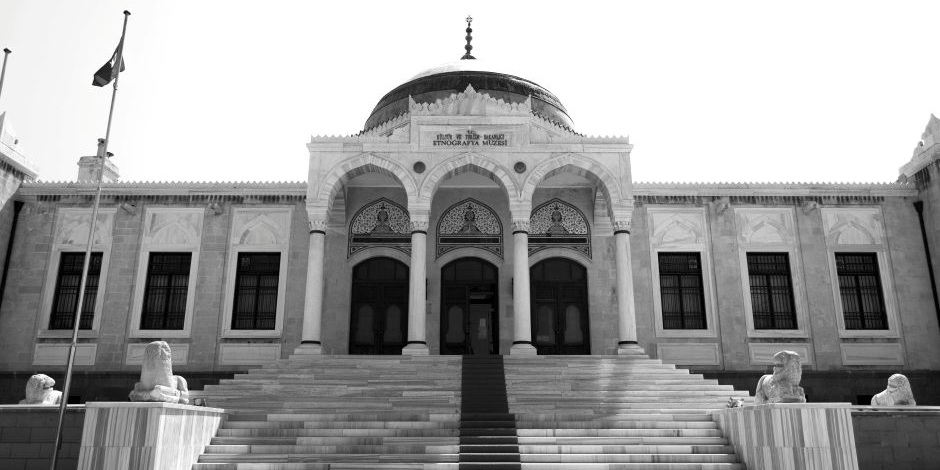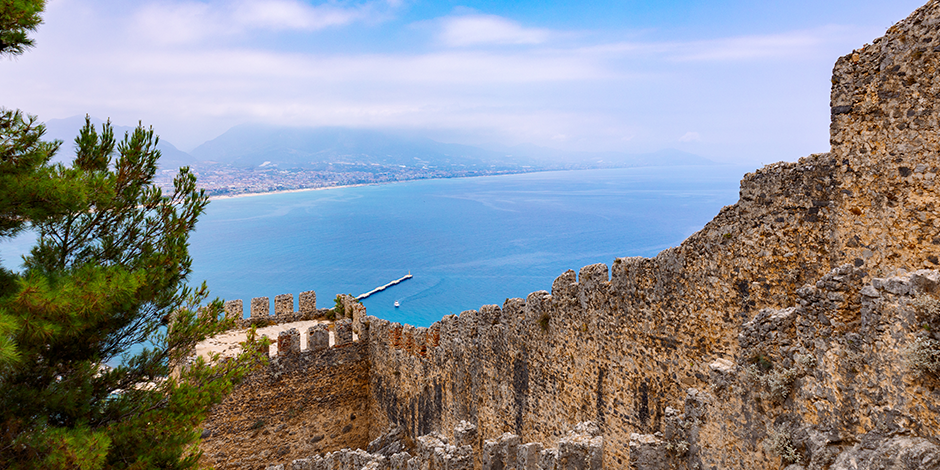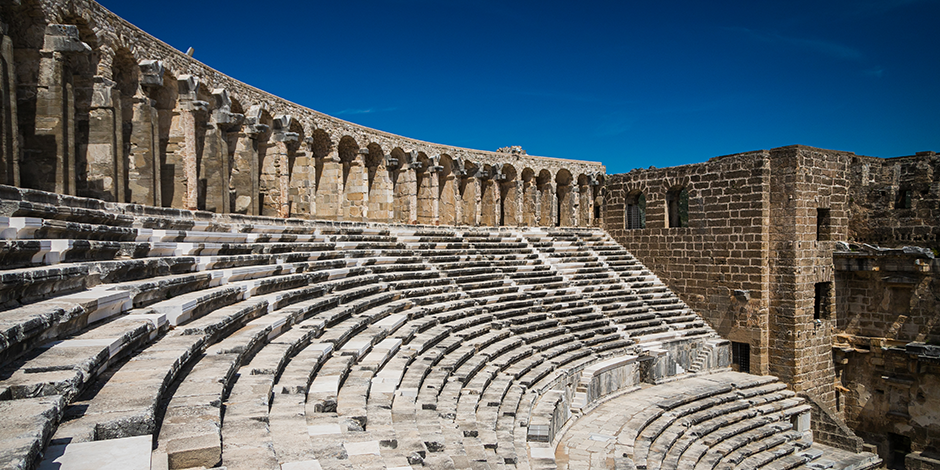Introduction
Turkey, with its thousands of years of history, rich cultural heritage, and invaluable works of art, has been home to some of the world's most important civilizations. The lands of Anatolia bear the traces of numerous civilizations throughout history, including the Hittites, Phrygians, Lydians, Romans, Byzantines, Seljuks, and Ottomans. This wealth is displayed in museums spread across the country. For enthusiasts of history, art, archaeology, and ethnography, Turkey is a true treasure trove. In this article, we will explore in detail the must-visit museums in Turkey.
Istanbul Archaeology Museums
The Istanbul Archaeology Museums are one of Turkey's most important museum complexes. The museum consists of three main sections: the Archaeological Museum, the Museum of the Ancient Orient, and the Tiled Kiosk Museum. The museum complex was established in the late 19th century during the final years of the Ottoman Empire and houses one of the richest archaeological collections in the world.
Archaeological Museum
The Archaeological Museum boasts one of the world's richest collections. The museum displays artifacts from the Ancient Greek, Roman, and Byzantine periods. Among the most valuable pieces are the Alexander Sarcophagus and the Mourning Women Sarcophagus. The Alexander Sarcophagus, dating back to the 4th century BC, is a magnificent work depicting scenes from the life of Alexander the Great. The Mourning Women Sarcophagus, believed to belong to King Abdalonymos of Sidon, is notable for its depictions of grieving women.
Museum of the Ancient Orient
The Museum of the Ancient Orient houses artifacts from Anatolia, Mesopotamia, Egypt, and the Arabian Peninsula. Tablets, statues, and other archaeological finds from civilizations such as the Hittites, Assyrians, and Babylonians are displayed here. Among the museum's most important pieces are the tablets of the Treaty of Kadesh and a copy of the Code of Hammurabi. These artifacts shed light on the legal systems of ancient times.
Tiled Kiosk Museum
The Tiled Kiosk Museum is dedicated to Ottoman-era tiles and ceramics. Built in the 15th century, the kiosk houses some of the finest examples of Turkish tile art. The museum displays Iznik and Kütahya tiles, as well as ceramics from the Seljuk and Ottoman periods. The Tiled Kiosk is also an architectural gem, known for its intricate decorations.
Museum of Anatolian Civilizations (Ankara)
The Museum of Anatolian Civilizations, located in Ankara, is one of the world's most important museums. The museum showcases artifacts from civilizations that have lived in Anatolia from the Paleolithic period to the present day. In 1997, the museum was awarded the title of "European Museum of the Year."
Collections
The museum houses artifacts from the Hittite, Phrygian, Urartian, and Roman periods. Particularly noteworthy are the Hittite tablets and statues. The Hittites, who ruled Anatolia between 1600-1200 BC, are represented by one of the most comprehensive collections of their artifacts. Additionally, artifacts from the Çatalhöyük excavations are also displayed here. Çatalhöyük is one of the world's oldest known settlements, and the museum's collection provides valuable insights into human history.
Topkapı Palace Museum (Istanbul)
Topkapı Palace served as the administrative center of the Ottoman Empire for over 400 years. Today, it operates as a museum and houses priceless artifacts from the Ottoman era. The palace was built in the 15th century by Sultan Mehmed the Conqueror and is one of the finest examples of Ottoman architecture.
Imperial Treasury
One of the most famous sections of Topkapı Palace is the Imperial Treasury, which houses some of the world's most valuable treasures. The Spoonmaker's Diamond, the Topkapı Dagger, and other jewels are displayed here. The Spoonmaker's Diamond, an 86-carat diamond, is one of the largest diamonds in the world. The Topkapı Dagger, adorned with precious stones and gold engravings, is a unique work of art.
Sacred Relics
Another important section of the palace is the Chamber of Sacred Relics. This section displays items believed to have belonged to the Islamic prophet Muhammad. Among these items are Muhammad's cloak, a strand of his beard, and his sword. The Chamber of Sacred Relics holds great significance for the Islamic world.
Zeugma Mosaic Museum (Gaziantep)
The Zeugma Mosaic Museum, located in Gaziantep, is one of the largest mosaic museums in the world. The museum is particularly famous for its Roman-era mosaics. The ancient city of Zeugma, founded on the banks of the Euphrates River, was a Roman city, and the mosaics unearthed here are among the museum's most valuable pieces.
Gypsy Girl Mosaic
The museum's most famous piece is the "Gypsy Girl" mosaic. This mosaic, discovered in the ancient city of Zeugma, is considered one of the most valuable pieces of art history. The Gypsy Girl Mosaic, with its mesmerizing eyes and intricate details, is a stunning example of Roman art.
Ethnography Museum (Ankara)
The Ankara Ethnography Museum showcases artifacts that reflect the rich heritage of Turkish culture. The museum houses examples of Turkish folk art, traditional clothing, and handicrafts. Established in 1925, it is Turkey's first ethnography museum.
Collections
The museum displays carpets, kilims, pottery, and other handicrafts from various regions of Anatolia. Additionally, objects related to Turkish coffee culture are among the museum's highlights. The museum's collection reflects the richness and diversity of Turkish culture.
Göbeklitepe Archaeological Site and Museum (Şanlıurfa)
Göbeklitepe is home to the world's oldest known temple ruins. Located in Şanlıurfa, this archaeological site provides important insights into human history. Göbeklitepe dates back to 10,000 BC and sheds light on humanity's transition to settled life.
Museum Collection
The T-shaped obelisks and other archaeological finds unearthed at Göbeklitepe are displayed at the Şanlıurfa Archaeology Museum. These artifacts provide valuable information about humanity's transition to settled life. Göbeklitepe is considered one of the most important archaeological discoveries in world history.
Conclusion
Turkey is home to some of the world's richest collections of history, art, archaeology, and ethnography museums. Places like the Istanbul Archaeology Museums, the Museum of Anatolian Civilizations, Topkapı Palace, the Zeugma Mosaic Museum, the Ankara Ethnography Museum, and Göbeklitepe offer a unique experience for those looking to explore the country's cultural heritage. These museums are not only significant for Turkey but also for world history. Each museum offers visitors a glimpse into different periods and cultures. Anyone visiting Turkey should explore these museums to gain a deeper understanding of the country's rich history and culture.








